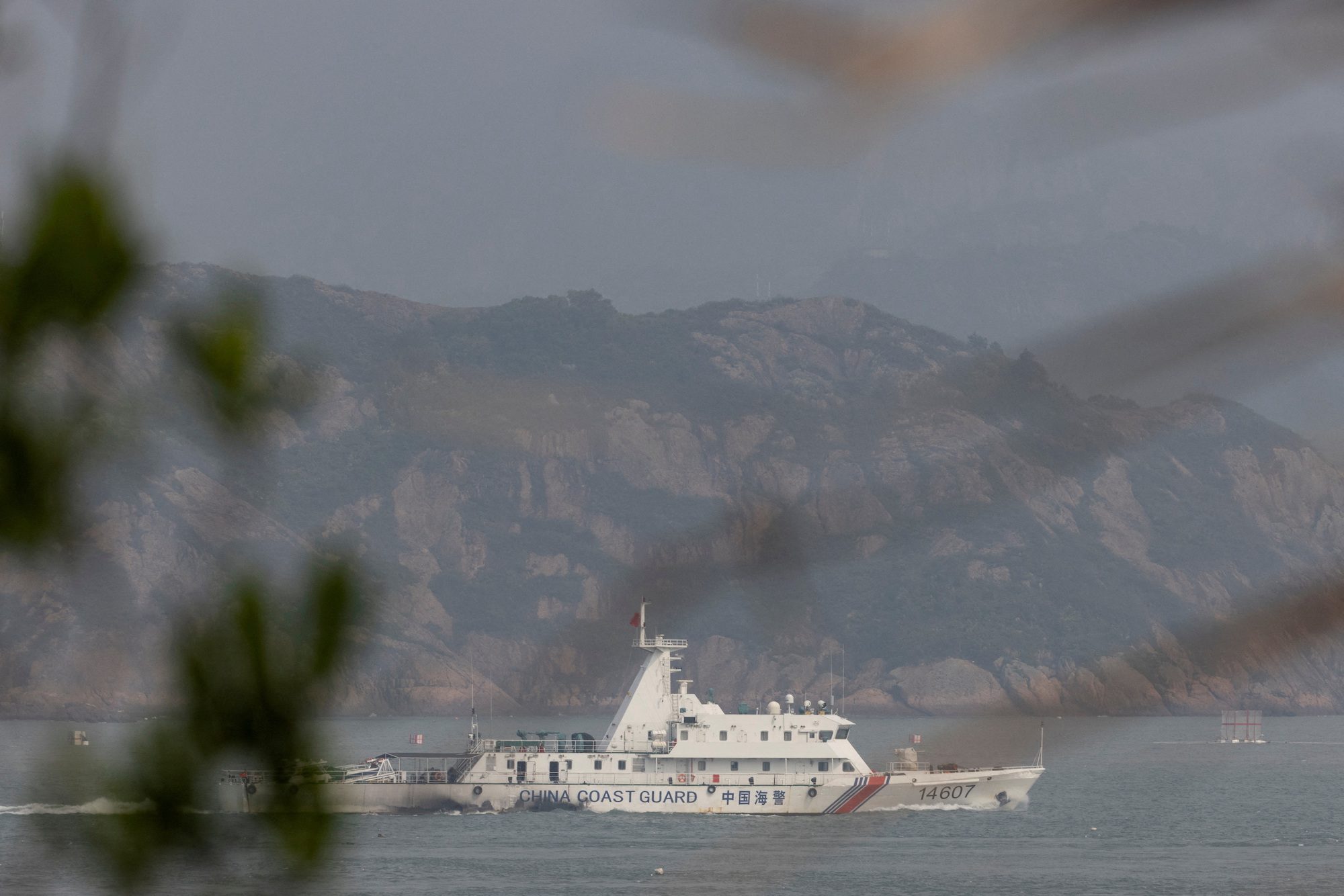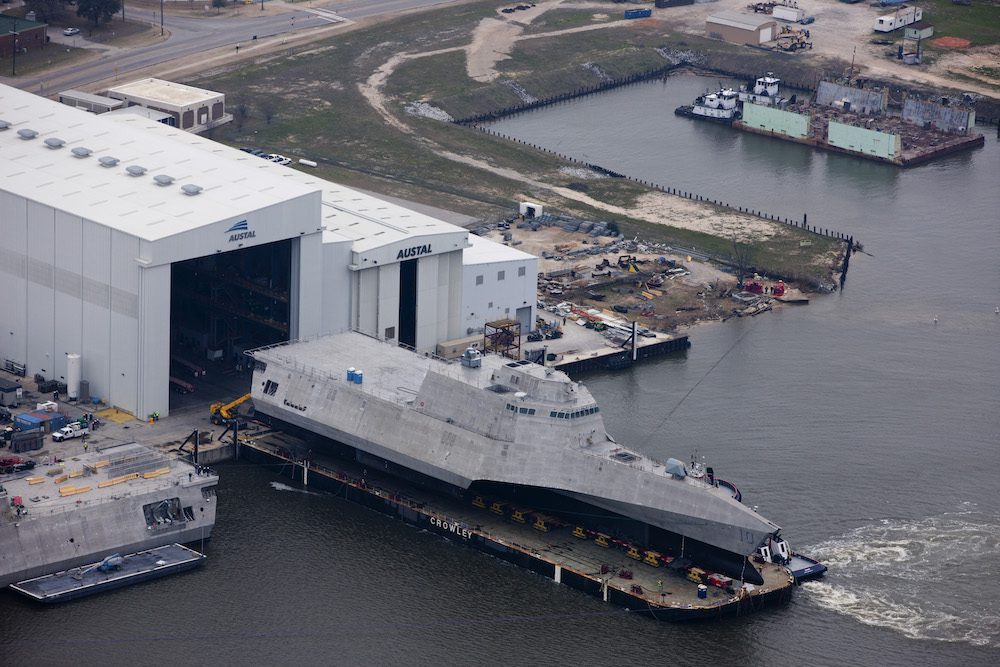For half an hour there was almost unbroken silence on the bridge before it was shattered by the unmistakeable sounds of a ship running aground on rocks. The playback from the voyage data recorder told a familiar story to the listening casualty investigators: a lone watchkeeper at night had nodded off with no lookout posted and the watch alarm disabled as his ship sailed blindly on. The German investigators discounted the watchkeeper’s claims he had not fallen asleep. Timesheets also told a story of illegally excessive workloads on the German-flag cargoship’s three officers working a two-watch system deemed “inadequate” by the investigators. The English version of the report into the incident in September last year which resulted in the ship being declared a constructive total loss was published only days after a major shipping company had pleaded guilty to breaking international laws governing hours of rest and failing to comply with a warning to rectify the situation on one of its UK-flag containerships. The UK, following a number of incidents in which fatigue among watchkeepers and the lack of a dedicated lookout were listed as key factors, has taken a unilateral stance “to ensure the safety of shipping and protect the environment”.
The Maritime & Coastguard Agency (MCA) earlier this year set out its plan for dealing with the problem. This includes inspection of crews’ timesheets and cross-checking them with other on-board documentation and ships’ voyage schedules. Surveyors are also checking that dedicated lookouts are being deployed at night.
The MCA also said it would be looking for evidence companies were auditing shipboard records, pointing out the requirement for such audits under the International Safety Management Code. Previously, German casualty investigators had criticised the operators of a containership which smashed into a bulk carrier at 25 knots one night in September 2007 for failing to either spot the excessive hours being worked by the lone watchkeeper or act on the information. Casualty investigators are reluctant, however, to state categorically fatigue was the cause of an incident. In the grounding incident the report says, “We are unable to exclude the possibility of the officer of the navigational watch being affected by fatigue caused by an excessive workload.” In the collision case the report noted “significant violations of the stipulated maximum work and minimum rest periods”, but could not conclusively attribute the incident to fatigue, despite evidence
This cautiousness derives from the fact that while fatigue has been acknowledged as a potential risk it remains difficult to measure. Someone may have worked long hours but may still be capable of performing satisfactorily. Other factors such as an individual’s physical and mental state have to be considered. Yet the assumption is being made that working long hours with inadequate rest can cause error-inducing fatigue, hence the reliance on rules setting maximum and minimum hours for rest and work that will increase with the entry into force of the Maritime Labour Convention and the amended Standards of Training, Certification and Watchkeeping convention. An overly prescriptive approach can, however, throw up problems. What, for example, exactly constitutes rest or work? If a watchkeeper after completing a watch does anything, except in emergencies, that could be described as work – record-keeping, for example– when they should be resting, it may be construed as a breach of the rules. In aviation, work can include the “commute time” taken by flight crew to reach the airport from where they are due to fly and other duties such as record-keeping. In shipping it is not unknown for Masters and other senior officers to take up their posts shortly after arriving by air and the briefest of handovers, while the workload created by administrative duties has also increased. An alternative approach to “archaic” prescriptive rules adopted by some airlines is the use of company-specific “fatigue risk management systems” (FRMS). They retain the limits on maximum hours but only on a monthly or annual rather than daily basis.
Fatigue risk management plans that are subject to approval by the relevant authority make use of “biomathematical” models to predict the risk of fatigue in specific patterns of working hours, with monitoring of alertness levels and feedback gained from crew reports. Pilots wear wristwatch-like devices that monitor movement and light and can tell whether a person is asleep or awake. Other industries such as rail, chemical and health are also adopting FRMS, while in the mining industry drivers of heavy trucks are donning “smartcaps” that by measuring brainwave activity can alert them to dangerous fatigue levels that can lead to “microsleeps”. As the science of fatigue advances and technology provides more reliable means of monitoring and measuring wakefulness, shipping stands to benefit. A research project into fatigue among seafarers aims to produce a “fatigue management toolkit” for the industry. Volunteers in Project Horizon, funded by the European Union, are having their brainwaves monitored while performing duties on bridge, engine-room and cargo-handling simulators at the Chalmers University of Technology in Sweden and the Warsash Maritime Academy in the UK. The project will, however, take 30 months to complete and in the meantime the industry, at a time of economic crisis and during a continuing shortage of officers, won’t be allowed to rest by ever-louder calls to reduce the workload on sea staff.
Some companies do seem able to respond. One has added a fourth officer in reaction to a port-state control inspection critical of the workload of the Chief Officer, according to a recent posting on an internet forum dedicated to fatigue at sea. A Master on the same forum says timesheets have provided him with a “data-driven” case to press management for higher manning levels. Complying with the separate rules on hours of work and rest and all other crew-related regulations can be “a nightmare”, according to one industry expert. Airlines admit managing fatigue is just as complex and challenging but when successfully done can result in both greater safety and efficiency, while improving flight crews’ lifestyles. That is something for shipping to sleep on.
Unlock Exclusive Insights Today!
Join the gCaptain Club for curated content, insider opinions, and vibrant community discussions.

 Join The Club
Join The Club












